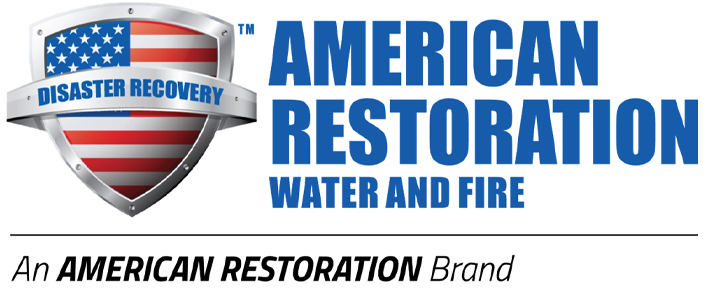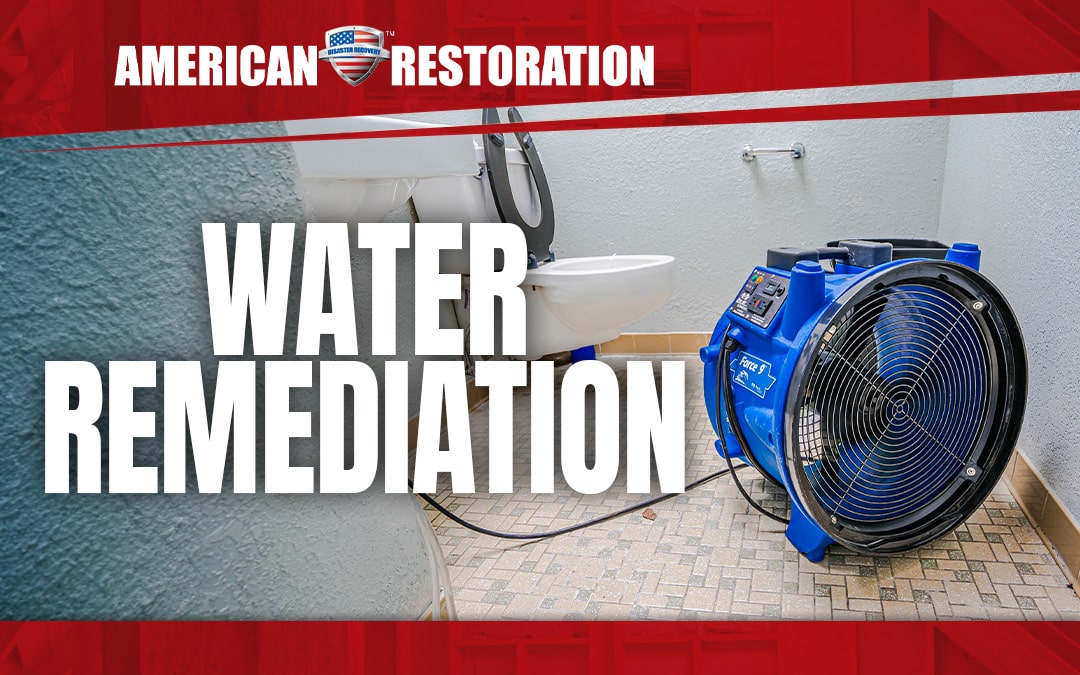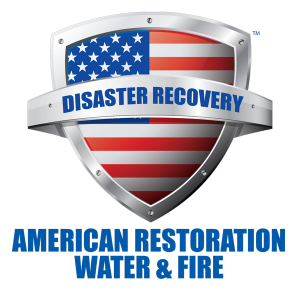Water damage can be a homeowner’s nightmare, but understanding the water remediation process can help alleviate some of the stress. Water remediation involves the removal of water, drying out affected areas, cleaning, sanitizing, and restoring your property to its pre-damage condition.
Timely remediation is crucial to prevent further damage, such as mold growth and structural weakening. At American Restoration Water & Fire, we understand the urgency and complexity of water damage situations. This blog is designed to answer some of the fundamental questions regarding your next steps in water remediation.
Initial Assessment and Inspection
Site Inspection
The first step is to inspect the site. This involves evaluating the extent of the damage and identifying the source of the water. This assessment helps in planning the remediation process effectively.
Classification of Water Damage
Water damage is classified into three types:
- Clean Water: From clean sources like broken pipes.
- Grey Water: Slightly dirty water from appliances like washing machines.
- Black Water: Highly contaminated water from sources like sewage.
Documentation
Documenting the damage is crucial. This involves taking photos and videos and creating a detailed damage report. This documentation is important for insurance claims and tracking the remediation process.
Water Removal/Extraction
Equipment Used
To remove water, professionals use equipment like pumps and wet vacuums. These tools help in quickly extracting water from the affected area.
Water Extraction Process
The process starts with removing standing water and then extracting water from carpets and upholstery. This helps in preventing further damage and mold growth.
Drying and Dehumidification
Drying Equipment
Drying the area involves using air movers and dehumidifiers. Air movers circulate air to speed up drying, while dehumidifiers remove moisture from the air.
Moisture Monitoring
Using moisture meters, professionals monitor the drying progress to ensure all areas are thoroughly dried. This step is crucial to prevent mold growth.
Cleaning and Sanitizing
Surface Cleaning
Surfaces are cleaned using detergents and disinfectants. Walls, floors, and personal items are thoroughly cleaned to remove any contaminants.
Antimicrobial Treatments
To prevent mold growth, antimicrobial treatments are applied to affected areas. This ensures the area is safe and mold-free.
Restoration and Repairs
Assessing Damage
Professionals assess what can be restored and identify items that need replacement. This step helps in planning the restoration process.
Structural Repairs
Structural repairs may include replacing drywall and insulation, and repairing flooring and ceilings. These repairs restore the integrity of the property.
Final Cleaning
A final cleaning ensures no residual moisture and that all areas are thoroughly cleaned. This step prepares the property for the final inspection.
Post-Remediation Inspection
Final Inspection
A final inspection ensures all moisture is removed and there is no mold presence. This step is crucial to verify the success of the remediation process.
Customer Walkthrough
Professionals review the work done with the customer and address any remaining concerns. This ensures the customer is satisfied with the remediation process.
Water damage can be overwhelming, but with the right steps, your property can be restored to its original state. For professional water remediation services, contact American Restoration Water & Fire. We ensure thorough and efficient remediation to bring your property back to life.



